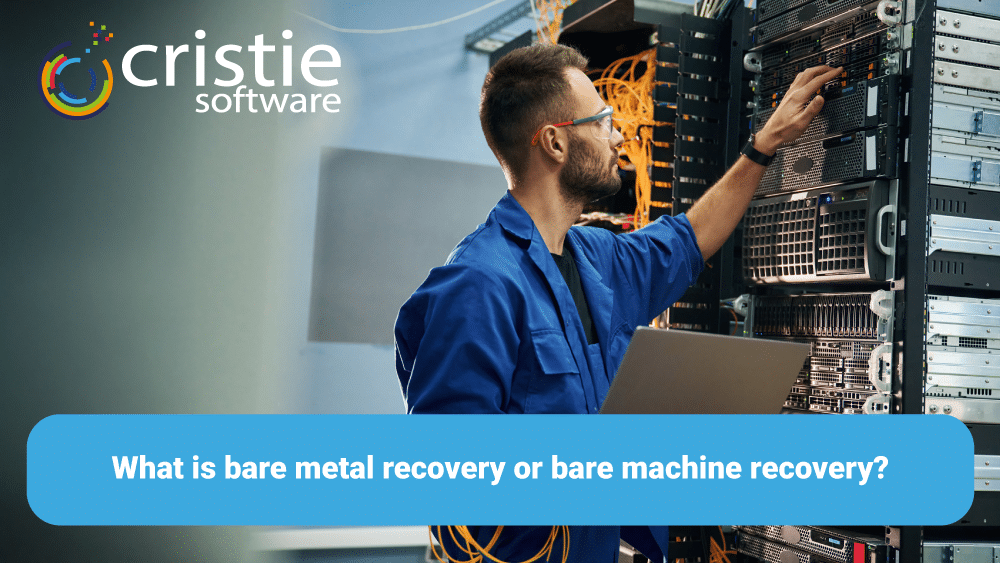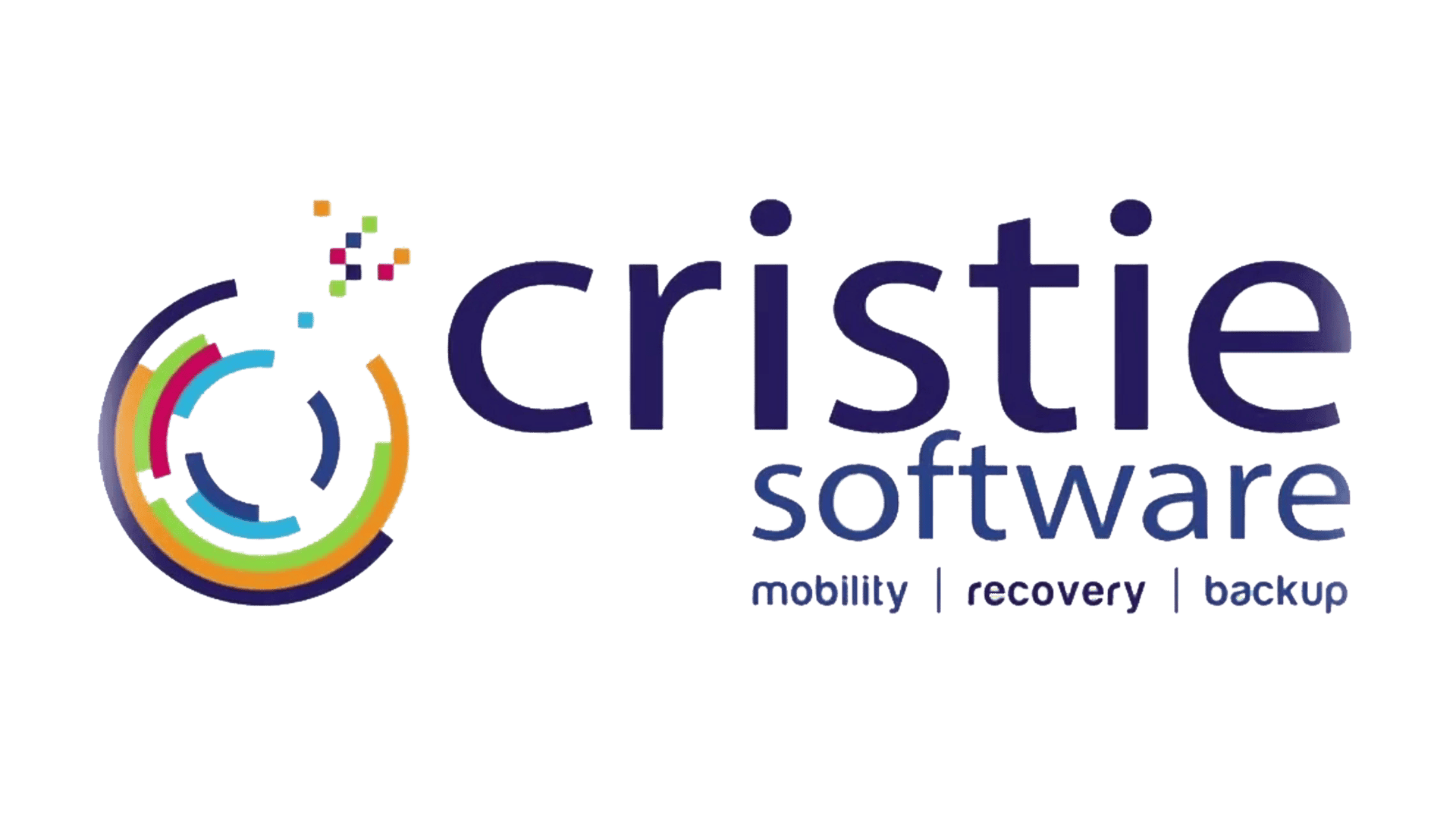
The terms “bare metal recovery” and “bare machine recovery” both refer to the process of restoring a computer system—including its operating system, applications, and data—onto hardware that is either brand new or has been wiped clean. Although they are often used interchangeably today, their origins and use cases reveal subtle distinctions and an evolution aligned with changes in enterprise IT environments.
1 – Early Usage (1990s – Early 2000s)
The term “bare metal recovery” (BMR) emerged in the 1990s, as enterprise IT began to move away from proprietary hardware and toward standardized, commodity hardware. The phrase metaphorically refers to restoring a system to a bare “metal” chassis—that is, a physical machine with no operating system or software installed.
Initially, BMR was closely associated with:
Vendors like Veritas, IBM, and Symantec began integrating BMR features into their enterprise backup suites to offer complete system restoration – not just file-level recovery. Veritas Technologies LLC holds a trademark for “Bare Metal Restore™” which a less common term linked to the BMR acronym.
2 – A Microsoft Twist (2000s)
The term “bare machine recovery” appeared more prominently in Microsoft documentation, particularly in Windows Server environments. It described a similar concept: the ability to recover a system to a machine with no software installed. However, the use of “machine” rather than “metal” was likely due to:
Examples:
Today, bare metal recovery is the more widely used and recognized term across both open-source and commercial data protection ecosystems. It’s used by leading vendors like:
Bare machine recovery may still appear in Microsoft contexts or legacy materials but is less commonly used in modern cross-platform environments.

Term | Primary Use Context | Origin | Modern Usage |
Bare Metal Recovery | Unix/Linux and cross-platform | Enterprise IT (1990s) | Standard term across all platforms |
Bare Machine Recovery | Microsoft/Windows-centric | Microsoft documentation (2000s) | Less common; legacy use |
Understanding these terms is essential when specifying system recovery capabilities, especially when evaluating solutions for:
Modern solutions like Cristie Software’s BMR supports true bare metal recovery across physical, virtual, and cloud platforms, ensuring systems can be recovered quickly and securely, regardless of the environment. Cristie offers BMR solutions designed to integrate seamlessly with backup platforms from Rubrik, Cohesity, Dell Technologies and IBM, extending the recovery capabilities of these platforms to include complete system recovery to dissimilar hardware; or to alternative physical, virtual or cloud platforms. In addition, Cristie Software CBMR is offered a standalone BMR system recovery solution.
Looking to future-proof your disaster recovery strategy?
Explore Cristie Software’s System Recovery Solutions to see how bare metal recovery can reduce downtime, support regulatory compliance, and increase your cyber resilience across any platform.
Contact the Cristie Software team if you are looking to improve system recovery and replication within your organization, or to learn more about system replication and our system recovery integration with leading backup solutions from vendors including IBM, Dell Technologies, Rubrik and Cohesity.
Finally, learn how we are helping further companies modernize system recovery in our Use Case pages.

